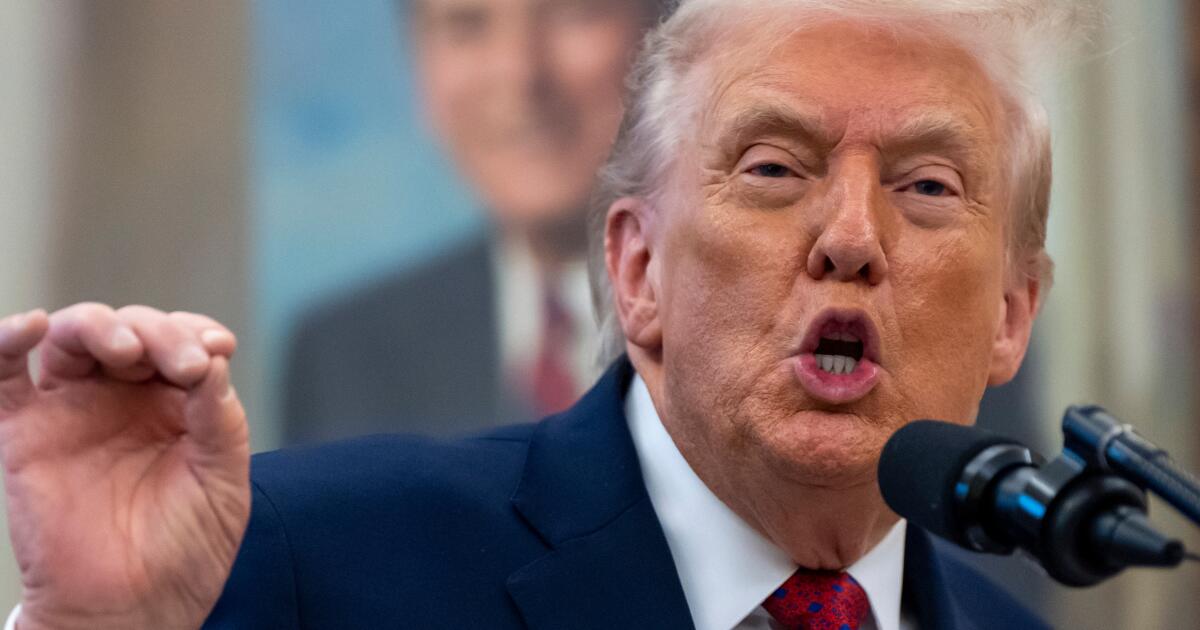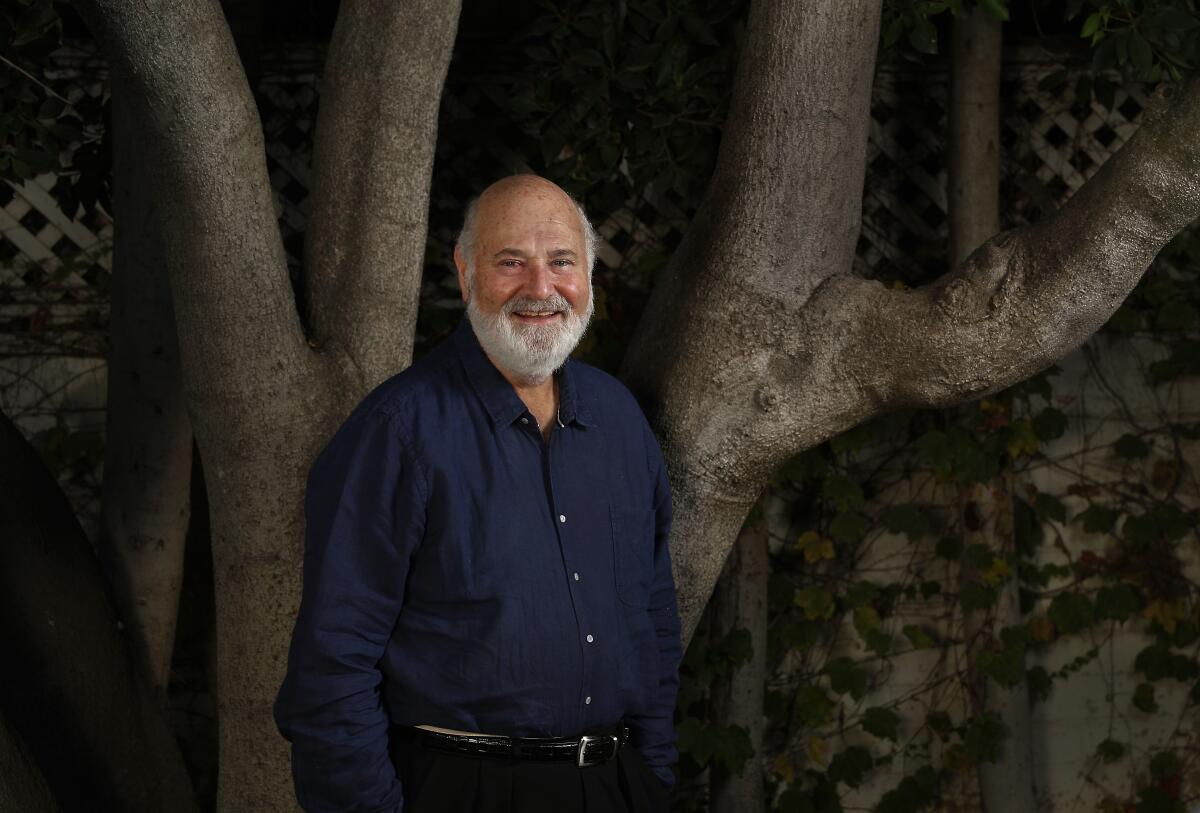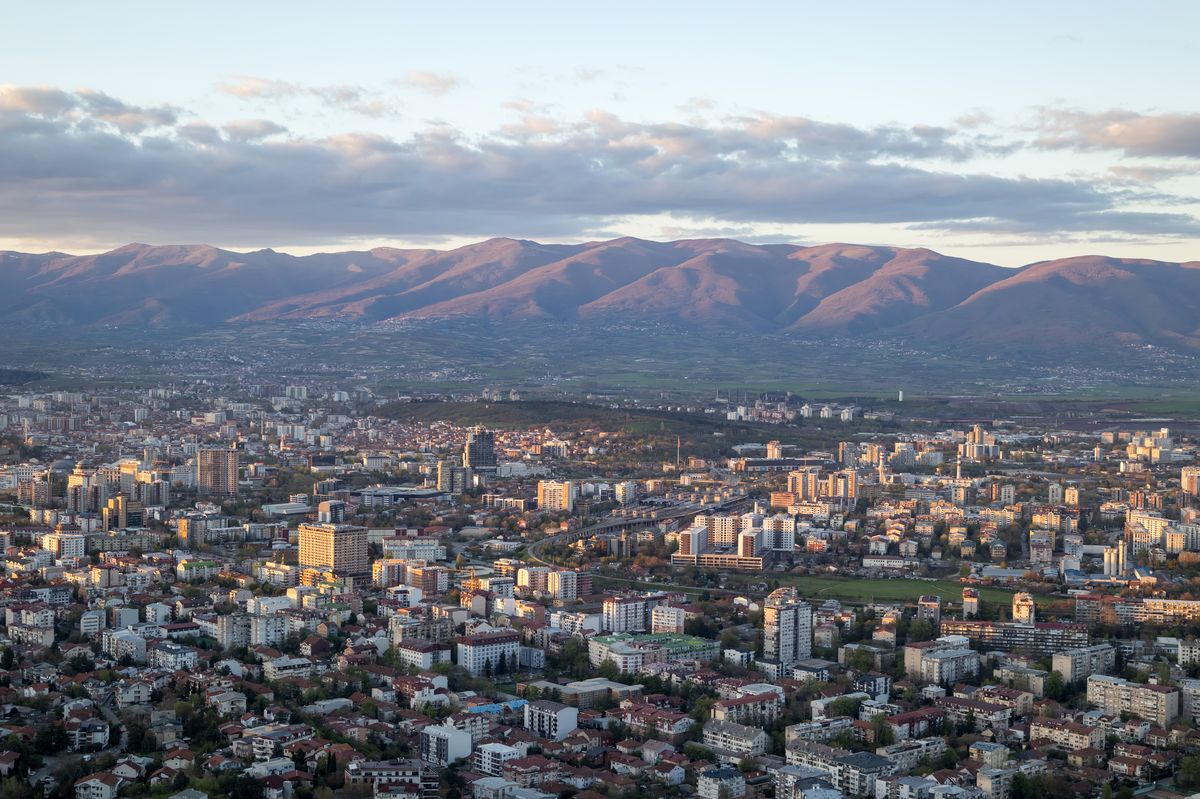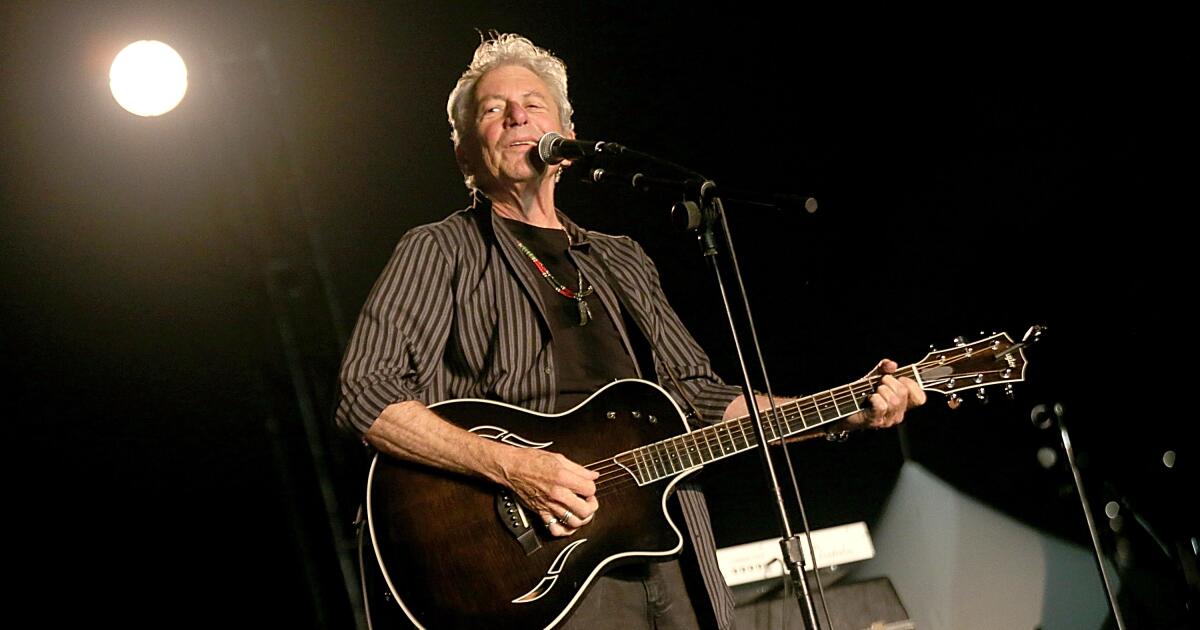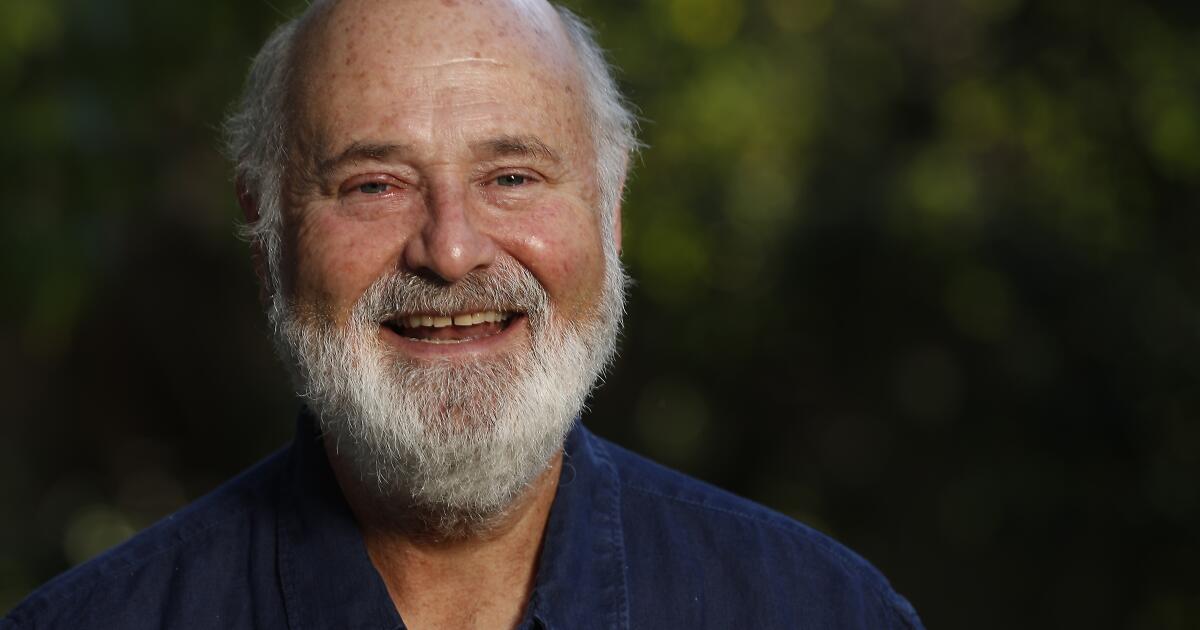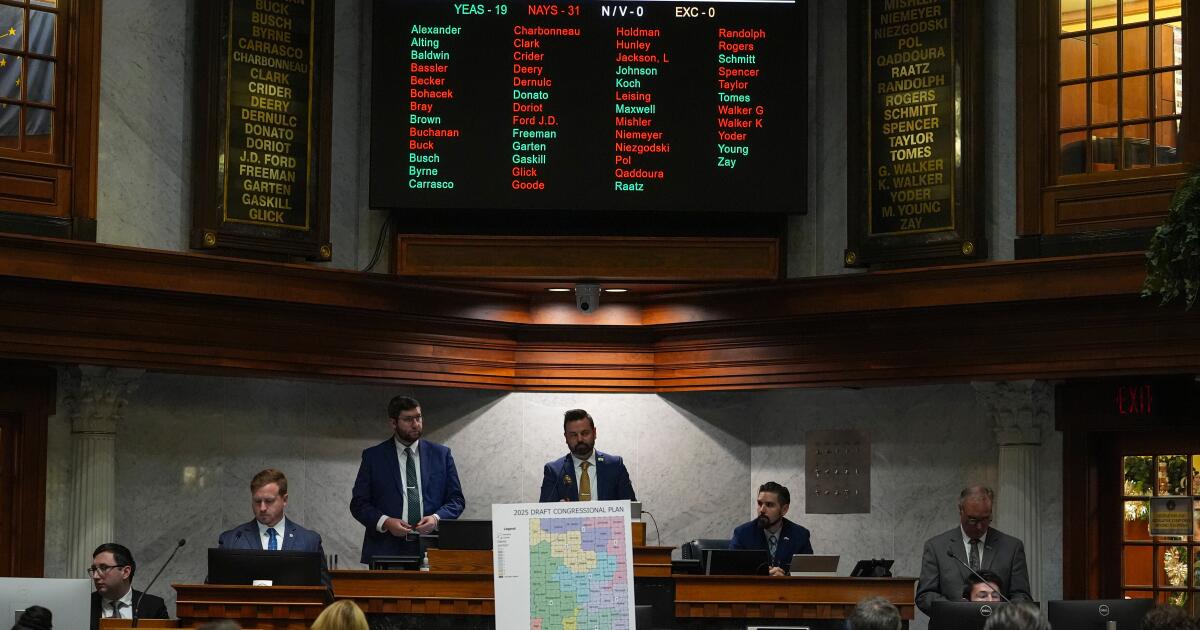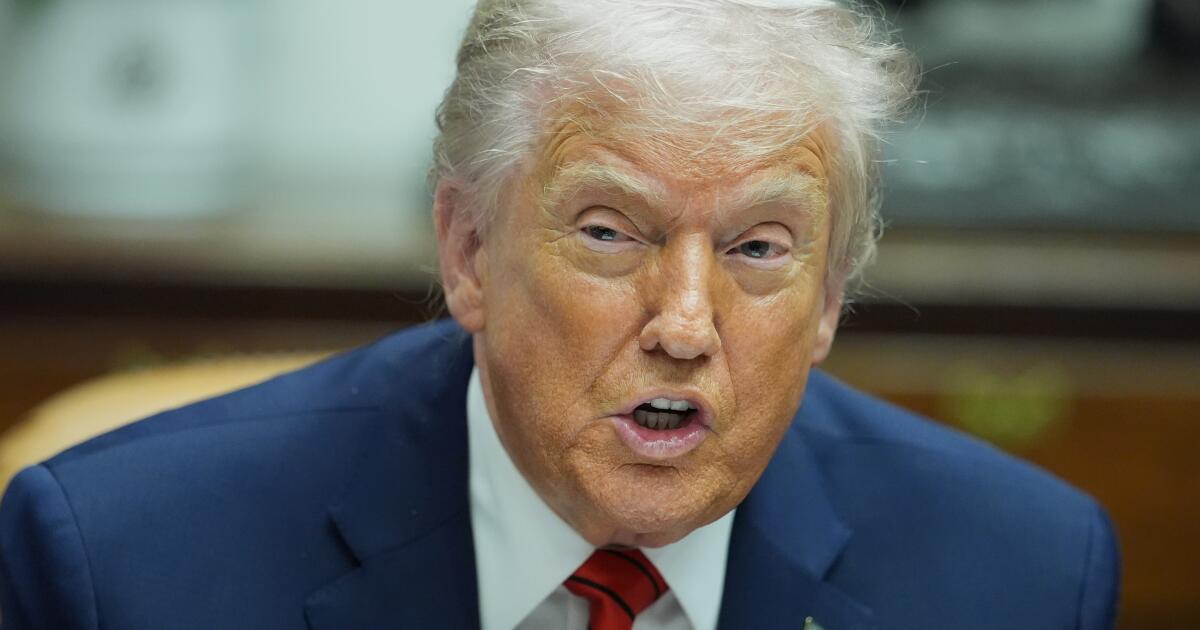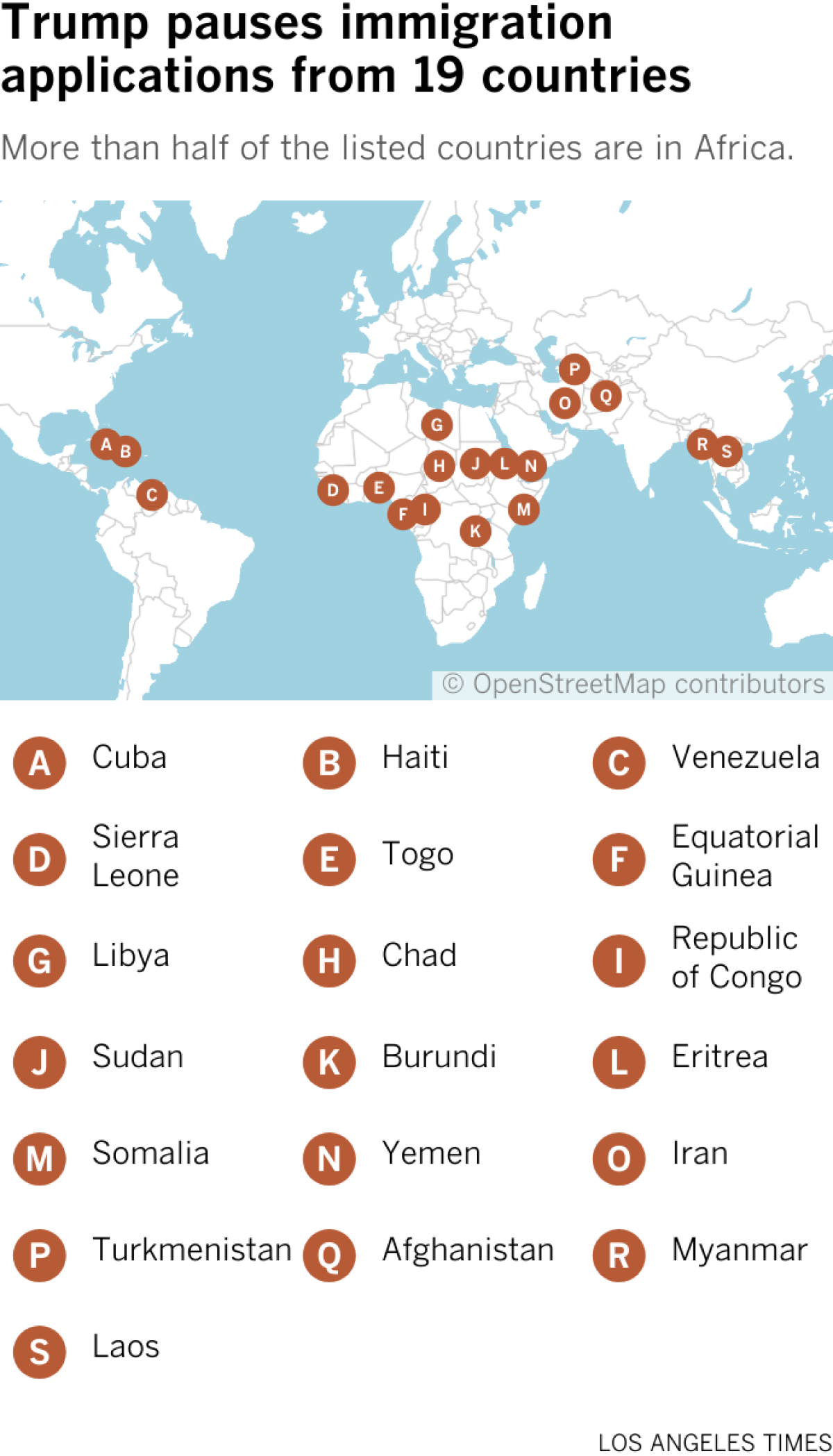WASHINGTON — Sophia Nyazi’s husband, Milad, shook her awake at 8 a.m. “ICE is here,” he told her.
Three uniformed Immigration and Customs Enforcement agents were downstairs at the family’s home on Long Island, N.Y., on Tuesday, according to a video reviewed by The Times that she captured from atop the staircase.
Nyazi said the agents asked whether her husband was applying for a green card. They told her they would have to detain him because of the shooting of two National Guard members a week earlier in Washington, D.C.
“He has nothing to do with that shooting,” Nyazi, 27, recalled answering. “We don’t even know that person.”
Her protests didn’t matter. The Trump administration has put into motion a broad and unprecedented set of policy changes aimed at substantially limiting legal immigration avenues, including for immigrants long considered the most vulnerable.
Unfortunately, I think the administration took this one very tragic incident and politicized it as a way to shut down even legal immigration
— Sharvari Dalal-Dheini, of the American Immigration Lawyers Assn.
Milad Nyazi, 28, was detained because, like the man charged in the shooting which left one National Guard member dead, he is from Afghanistan.
The administration has paused decisions on all applications filed with U.S. Citizenship and Immigration Services, or USCIS, by people seeking asylum. The visa and immigration applications of Afghans, whom the U.S. had welcomed in 2021 as it pulled all troops from the country, have been halted.
Officials also froze the processing of immigration cases of people from 19 countries the administration considers “high-risk” and will conduct case-by-case reviews of green cards and other immigration benefits given to people from those countries since former President Biden took office in 2021.
Immigration lawyers say they learned that dozens of naturalization ceremonies and interviews for green cards are being canceled for immigrants from Haiti, Iran, Guinea and other countries on the list.
In a couple of cases, immigration officers told immigrants that they had been prepared to grant a green card, but were unable to do so because of the new guidance, said Gregory Chen, government relations director at American Immigration Lawyers Assn.
Although it is unclear exactly how many people could be affected by the new rules, 1.5 million immigrants have asylum cases pending with USCIS.
“These are sweeping changes that exact collective punishment on a wide swath of people who are trying to do things the right way,” said Amanda Baran, former chief of policy and strategy at USCIS under the Biden administration. “I worry about all the people who have dutifully filed applications and whose lives are now on hold.”
Administration officials called the Nov. 26 shooting a “terrorist attack” and defended the changes as necessary to protect the country. Rahmanullah Lakanwal, 29, faces charges stemming from the shooting that killed Army Spc. Sarah Beckstrom, 20, and critically wounded Air Force Staff Sgt. Andrew Wolfe, 24.
“The protection of this country and of the American people remains paramount, and the American people will not bear the cost of the prior administration’s reckless resettlement policies,” Joseph Edlow, director of USCIS, said in a message posted Nov. 27 on X. “American safety is non-negotiable.”
Lakanwal pleaded not guilty last week and his motive remains under investigation. In Afghanistan, he served in a counterterrorism unit operated by the CIA.
Lakanwal entered the U.S. in 2021 through a Biden administration program that resettled nearly 200,000 Afghans in the wake of the U.S. withdrawal, officials said. He applied for asylum in December 2024 and it was approved under the Trump administration in April, according to a statement by the nonprofit #AfghanEvac.
Afghans who worked with U.S. troops were believed to face danger if left behind under the Taliban-run government. Along with undergoing routine security screening, they submitted to additional “rigorous” vetting, which included biometric and biographic checks by counterterrorism and intelligence professionals, the Department of Homeland Security said at the time.
Two federal reports from 2024 and this year pointed to some failings of the screening, including data inaccuracies and the presence of 55 evacuees who were later identified on terrorism watch lists, though the latter report noted that the FBI had then followed all required processes to mitigate any potential threat.
It’s unclear exactly how the administration will carry out reviews of thousands of people who already live legally in the U.S. The federal government can’t easily strip people of permanent legal status. The threat of reopening cases, however, has sparked alarm in immigrant communities across the country.
About 58,600 Afghan immigrants call California home as of 2023, far more than any other state, according to the Migration Policy Institute. Interviews with a dozen local community advocates, immigration attorneys and family members of those detained paint an aggressive effort by the federal government to round up recent Afghan immigrants in the wake of the D.C. shooting.
“Unfortunately, I think the administration took this one very tragic incident and politicized it as a way to shut down even legal immigration. And it’s definitely gone much broader than the Afghan community,” said Sharvari Dalal-Dheini, the director of government relations at the American Immigration Lawyers Assn.
Trump administration officials cited the shooting in a spate of policy changes last week.
On Friday, USCIS announced it had established a new center to strengthen screening with supplemental reviews of immigration applications, in part using artificial intelligence. The USCIS Vetting Center, based in Atlanta, will “centralize enhanced vetting of aliens and allow the agency to respond more nimbly to changes in a shifting threat landscape,” the agency said.
On Thursday, USCIS said work permits granted to immigrants would expire after 18 months, not five years. The change includes work permits for those admitted as refugees, with pending green card applications and with pending asylum applications.
In a memorandum Tuesday outlining the pause on asylum applications and the immigration cases of people from the 19 countries also subject to a travel ban, USCIS acknowledged that the changes could result in processing delays but had determined it was “necessary and appropriate” when weighed “against the agency’s obligation to protect and preserve national security.”
Immigrants already had been on high alert as the Trump administration canceled temporary humanitarian programs, cut back refugee admissions — except for a limited number of white South African Afrikaners — and increased attempts to send those with deportation orders to countries where they have no personal connection.
Before the Washington shooting, a Nov. 21 memo showed that the administration planned to review the cases of more than 200,000 refugees admitted under the Biden administration. Although asylum seekers apply after arriving in the U.S., refugees apply for admission from outside the country.
Nyazi questioned why Afghans are being singled out, noting that a white person allegedly assassinated Charlie Kirk, but “I don’t see any ICE agents going into white people’s houses.”
Asked why Milad Nyazi was detained, Tricia McLaughlin, assistant public affairs secretary for Homeland Security, called him a criminal, citing two arrests on suspicion of domestic violence.
“Under Secretary [Kristi] Noem, DHS has been going full throttle on identifying and arresting known or suspected terrorists and criminal illegal aliens that came in through Biden’s fraudulent parole programs and working to get the criminals and public safety threats OUT of our country,” McLaughlin said in a statement.
Nyazi said the charges, which did not stem from incidents of physical violence, were dropped and his record was later expunged.
She and her husband got engaged in 2019 in Afghanistan and applied for a fiance visa, because Nyazi is a U.S. citizen. Their application was approved in 2021. Soon after, with the Taliban takeover in full force, the U.S. government allowed Milad Nyazi to fly to the U.S. He has a pending green card application, Nyazi said.
On Tuesday, the couple’s 3-year-old daughter screamed and cried as her father was handcuffed and taken away. He has a court hearing this week.
Zahra Billoo, executive director of the San Francisco Bay Area chapter of the Council on American-Islamic Relations, and others say Afghans in various stages of their legal immigration process — not only those with deportation orders — have been targeted. She said at least 17 Afghans in the Bay Area have been detained since Monday.
Lawyers said many of the Afghans detained last week had arrived at the U.S.-Mexico border, where they had sought asylum.
Paris Etemadi Scott, legal director of the Pars Equality Center in San José, said three of her clients, an Afghan mother and her two sons who are both in their early 20s, were detained Dec. 1 during a routine check-in with ICE. All have pending asylum applications, she said.
Rebecca Olszewski, managing attorney at the Michigan Immigrant Rights Center, said her Afghan client, who also has a pending asylum case, reported for his monthly virtual check-in Friday and was told to show up in person the next day, where he was detained.
Since the shooting, administration officials and the president have used dehumanizing language to describe immigrants. In announcing the 19-country travel ban Dec. 1, Noem posted on X that she was recommending a “a full travel ban on every damn country that’s been flooding our nation with killers, leeches, and entitlement junkies.”
In a Cabinet meeting the next day, Trump referred to Somali immigrants as “garbage” who “contribute nothing.” (A few days later, Noem said the administration would expand the travel ban to more than 30 countries.)
On Thanksgiving Day, Trump had said on his social media platform that he intends to “permanently pause migration from all Third World Countries” and deport those who are “non-compatible with Western Civilization.”
In recent days, a ghostly quiet has overtaken Shafiullah Hotak’s regular haunts in North Sacramento, where the Afghan population in the city is especially dense. Hotak, 38, is an Afghan immigrant who served as a program manager at refugee resettlement organization Lao Family Community Development until layoffs due to federal cuts forced him out of work in May.
On Thursday, immigration agents banged on doors at an apartment complex on Marconi Avenue, where hundreds of Afghans have resettled. Just one employee sat in an Afghan-owned tax and bookkeeping business that was typically buzzing with clients. A nearby park, where teenagers kick around soccer balls and giggling packs of children roam after school, was empty. And the lines at a halal market known for its sesame-topped Afghan bread had disappeared.
“The situation we have in our community reminds me of when we used to go to work in Afghanistan,” Hotak said. “We had to take different routes every day because people who were against the U.S. mission in Afghanistan were targeting people. There were bombings and shootings.”
Hotak said “Kill the eyes,” is what the enemies of the U.S. in Afghanistan used to advise as to how to deal with local Afghans aiding the military, in order to blind their operations.
“But nowadays those ‘eyes’ are here in the U.S. and the U.S. government is looking to pick them up and put them in jail,” Hotak said.
Times staff writers Castillo reported from Washington and Hussain and Uranga from Los Angeles.





